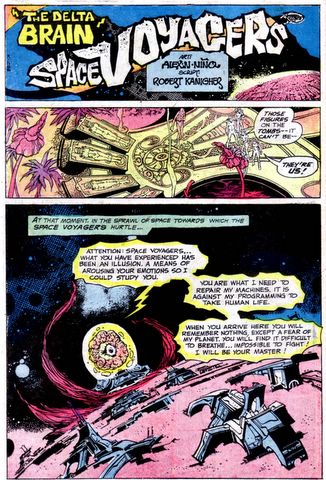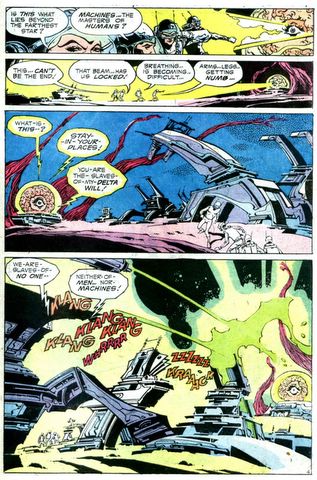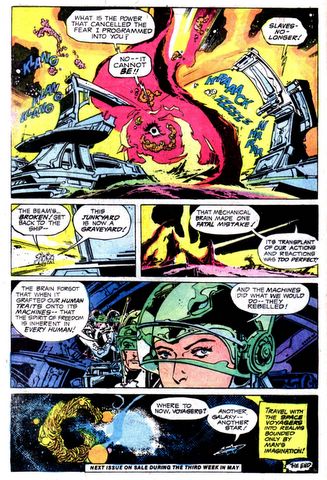
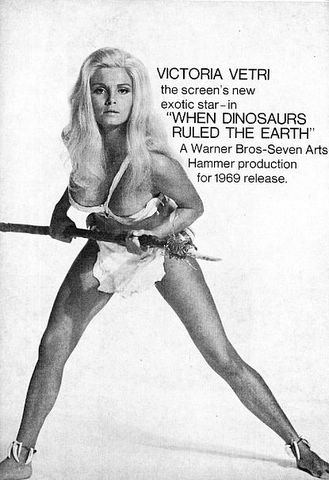

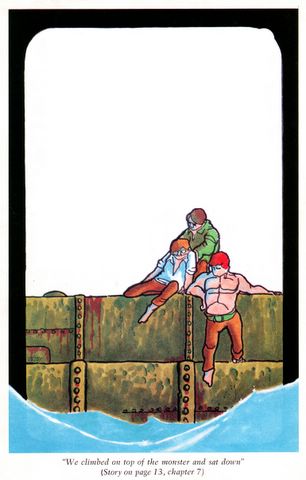

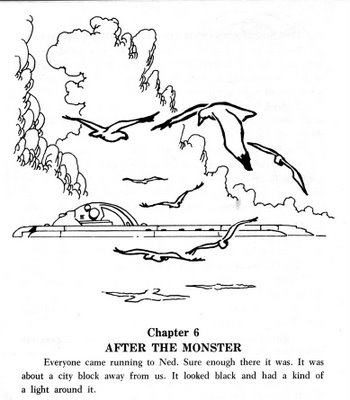

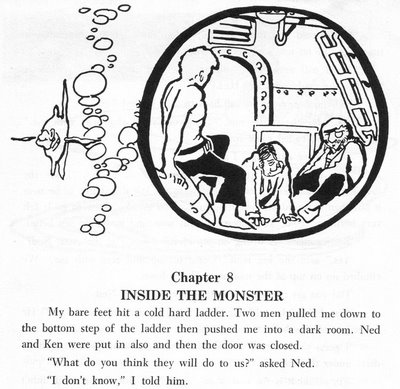
The temperature at the upper boundary of the lens, where the phase transition from perovskite to postperovskite occurs, is around 2,500 kelvins (4,000° F). At the lower boundary, where the reverse transition occurs, the temperature is around 3,500 kelvins (5,800° F). These two points gave the researchers a temperature gradient from which they calculated the heat flow, or thermal flux: about 80 million watts per square meter. Extrapolating to the entire surface of the core gave a total heat flow of about 13 trillion watts. link
A Post-Perovskite Lens and D'' Heat Flux Beneath the Central Pacific. 2006. T. Lay et al. Science 314: 1272-1276.
 what’s it’s about (other than god as a ‘dyslexic dog’—a point made in just about EVERY panel) but anything with his art in it is worth picking up (despite a mess of a colouring and printing job that pretty much obscures Nino’s fine pen line).
what’s it’s about (other than god as a ‘dyslexic dog’—a point made in just about EVERY panel) but anything with his art in it is worth picking up (despite a mess of a colouring and printing job that pretty much obscures Nino’s fine pen line).